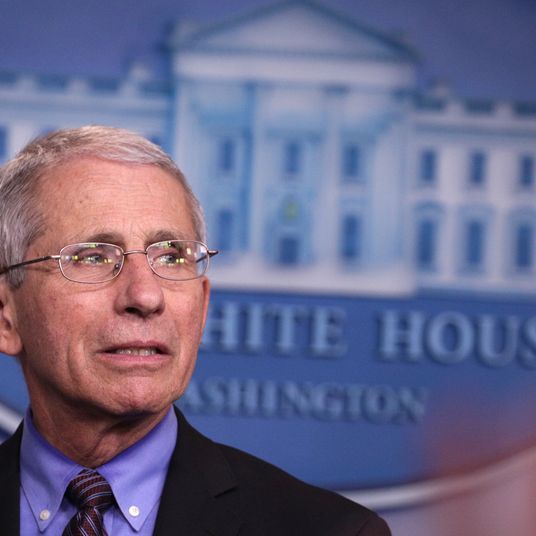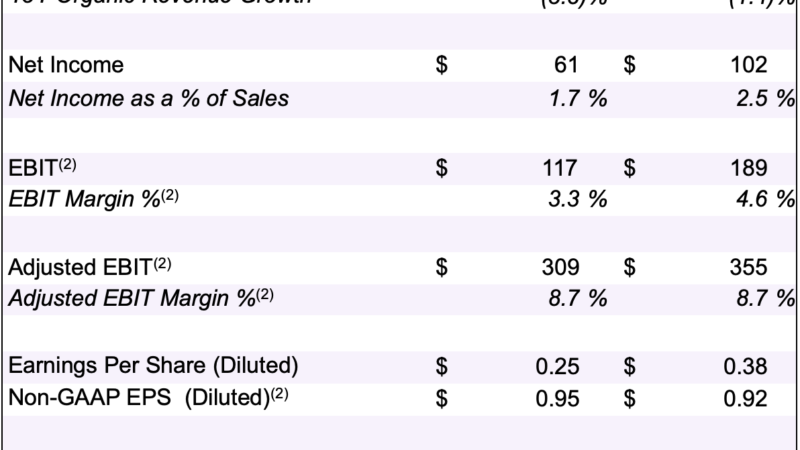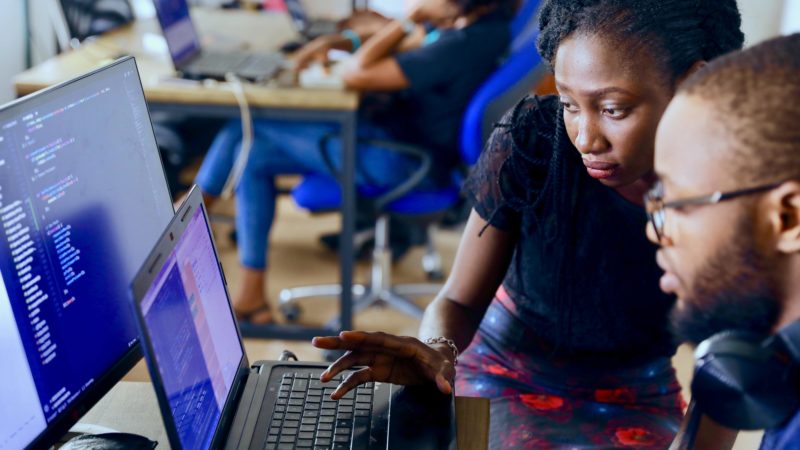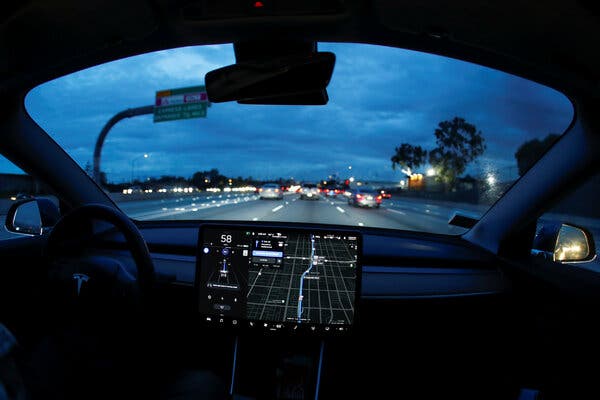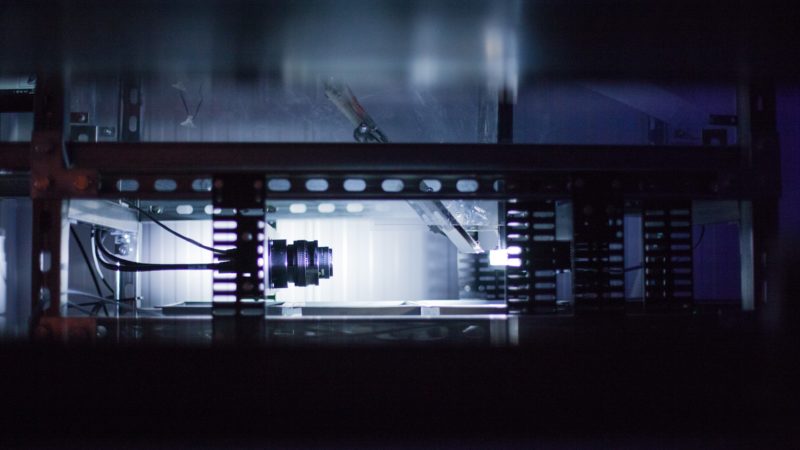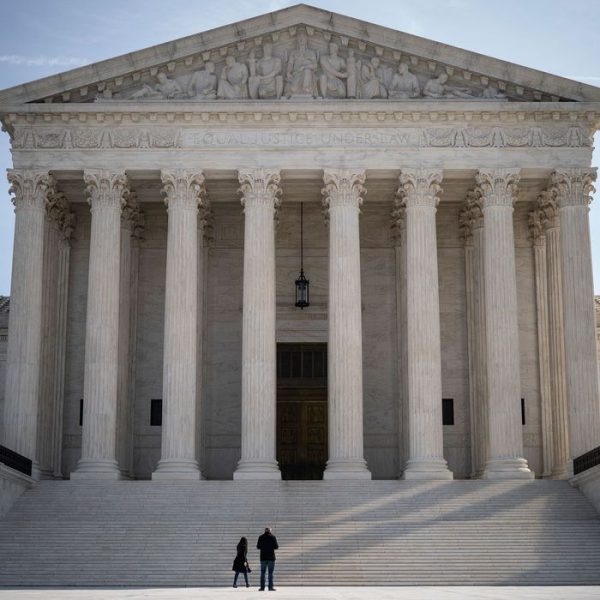
An extremely old-school place. Photo: Drew Angerer/Getty Images
The coronavirus pandemic has had a way of making the supposedly impossible inevitable. The Supreme Court, having delayed several of its April oral arguments, said Monday that some of them would be heard via telephone conference over a few days in May. Those cases include three that relate to President Trump’s financial records and two involving a conflict between religious liberty claims and civil rights. The Court’s office of public information announced that “in keeping with public health guidance in response to COVID-19,” the justices and lawyers arguing the cases will take part remotely. Perhaps even more out of character, the court will supply a live audio feed for anyone who wants to listen.
For the notoriously technophobic Supreme Court, this would be a monumental change, since the place has traditionally been long on ceremony and short on accessibility. To hear oral arguments, the public can either wait in line — for big cases, this can involve sleeping bags on the sidewalk — for a share of 250 seats, or wait for a transcript or audio to be posted, which can take days. Members of the Supreme Court bar also have to line up for first-come, first-served seats. Reporters, whether they have “hard passes” that come with regular attendance and credentialing or have been approved for a day pass, may climb the marble stairs to their section with only a notebook and pen in hand. (They’ll search you to confirm you haven’t smuggled in electronics.) Reporters might watch from behind a column or a screen, then scramble back to the press room to be the first to tweet their takeaway from an often murky hour or so of questioning.
It’s hard to say any of this serves the public’s interest in understanding the nation’s most powerful court, and yet the justices have long been united, at least publicly, in insisting that shunning cameras or even live audio keeps the court above the cheapening fray. Justice Elena Kagan even claimed last year that she and her colleagues hadn’t even discussed the possibility of allowing cameras in the near-decade she’d been on the court. (Somehow, numerous other federal and state courts have managed to survive in the face of grainy YouTube feeds.) It is bleakly ironic that the court has made this remote-work concession to keep themselves safe days after five of its members forced Wisconsin voters to show up in person notwithstanding the exact same risks. Even those who make it their business to push the court on transparency grudgingly applauded the move. And as law professor Dan Epps optimistically put it, “Once the Court does this once and the sky doesn’t fall, it will be hard to justify not providing live audio for arguments in the future.” Of course, Chief Justice John Roberts has been known to change his mind in the past.
















